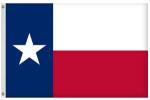It has been a while since Santa Claus has paid me a visit. I am not sure if I beat my brother up one too many times when I was younger, being deemed a bad child or the simple fact that somewhere along the way I grew up. No Christmas has been the same since he stopped coming to my house. Being a child on Christmas eve is a magical thing, there is a sparkle in the cold air and a feeling of overwhelming excitement. It’s a magical feeling that fortunate children all over the world still get to share, waiting for the legendary Santa Claus.
On my search to find Santa Claus, I realized that he isn’t just a legend or a mythical man but a was real person. The legend began with a bishop named Saint Nicholas who was born sometime around 280 A.D. in Turkey. It is rumored that Saint Nicholas inherited a huge wealth of money, he would travel with his riches helping the sick and the poor. He saved poor children from falling into slavery by offering their families money, allowing them to keep their home. Word spread far and wide about this generous man, he became known as a protector of children. Another legend of Santa Claus comes from the Dutch. He was known there as Sinter Klaas his birthday, Dec. 6th is still celebrated there today. It is said that the Dutch brought the legend of Santa Claus with them when they immigrated to America. In 1773 the author, Washington Irvin published a story in the American press about “St. A Claus” which gave details about the Dutch Saint traveling with presents and visiting children. In 1823 a poem was written by Clement Clarke Moore, it was known then as “A Visit From Saint Nicholas” but is known today as “The Night Before Christmas”. Moore gave more details about the jolly Santa. Including what clothes he wore, how his toys were made by elves, how he entered the home through the chimney and even his preferred mode of transportation… his 8 flying reindeer of course! In the 1860 Thomas Nast illustrated Santa Claus, revealing even more details. But the big question was where does Santa live the other 364 days of the year when not delivering presents? Nast’s answered these important details, Santa lives in the North Pole which is where his toy shop and elves live. He also discovered the list of good and bad children and so the details were finalized. Not much has changed about Santa since the 1800’s except that now a days he prefers to wear his red suit. He also added a new addition to the family, Rudolph the Red Nosed Reindeer which he needed to guide his sleigh through a bad storm in the 1930’s.
What is the most important thing that Santa has brought to us? No, it’s not the presents but the idea of giving to the less fortunate. This year when you are trying to decide what to give your loved ones, take the time to think about the children who rely only on Santa’s visit. There are many ways you can help make their holidays better. You can donate a toy, food, money or even your time to the needy. There are many organizations that mimic Santa’s cause. Search for reputable charities near you.
After doing this research I have learned the reason why Santa no longer leaves me a present under the tree, I did in fact grow up. It is now my turn to spread the generosity that Santa has showed me. It is the gift giving and not the receiving that is the most important thing. It can mean more to someone than you will ever know or understand. It is the giving that makes this the most wonderful time of the year.
Filed under: Holiday Flags | Tagged: christmas charities, christmas decorations, employee blog, santa claus, santa facts, santa history, search for santa | Leave a comment »





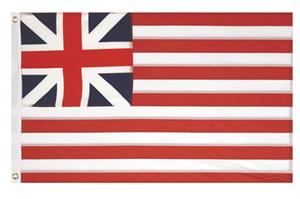
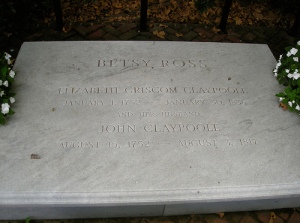




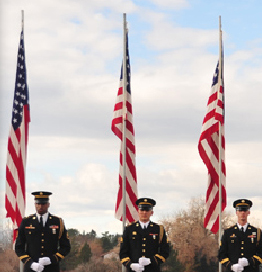

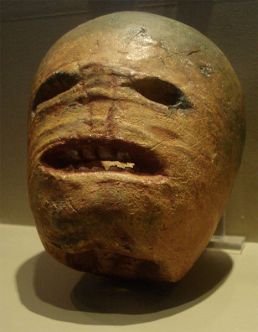


 Patriot Day
Patriot Day









